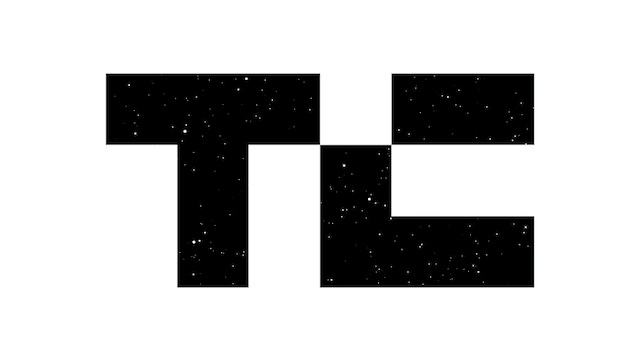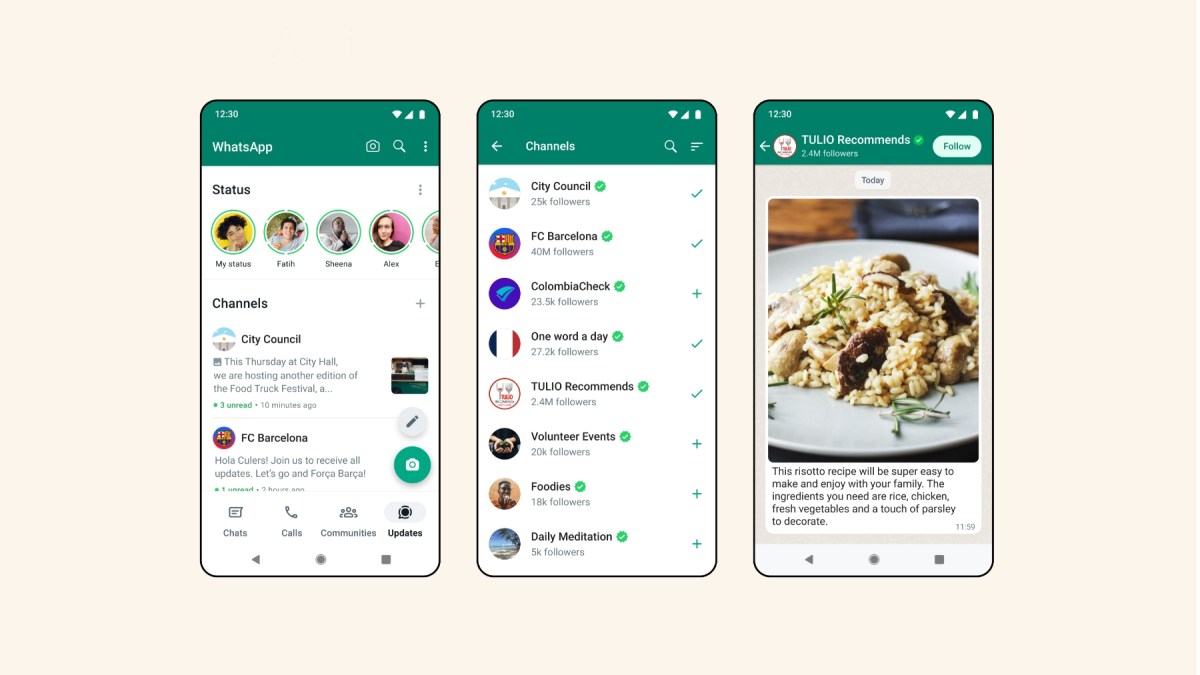Wireless charging is less efficient than plugging in a wire, but it’s certainly convenient — especially when you add magnets. Most people who have an iPhone 12 or later and want a magnetic charger should get a Qi2 charger. Any Qi2-certified charger will charge a MagSafe iPhone at up to 15W — just as fast as MagSafe on any phone but the iPhone 16. Qi2 chargers are also less expensive than MagSafe-certified ones, and there are many more options. And unlike MagSafe, Qi2 is an open standard. There’s only one Qi2-compatible Android phone right now — the HMD Skyline — but we expect Google, and maybe Samsung, to add Qi2 to phones in 2025.
Qi2 adds some much-needed simplicity to the magnetic charging ecosystem. The options that once consisted of MagSafe-certified chargers (made or licensed by Apple, capable of 15W charging on iPhones) and “MagSafe-compatible” chargers (made by third parties, capable of 7.5W charging on iPhones) are now being replaced by Qi2.
Unless you can get a great deal or you have an iPhone 16, the only MagSafe-certified charger still worth considering is Apple’s new puck. The 16-series iPhones can charge at up to 25W on the new charger and the new charger only. The new charger is also Qi2-certified, so it’s worth considering for once.
There’s little reason to get a “MagSafe-compatible” charger unless you’re an Android user with a magnetic phone case. Those original Qi phones fall back to 5W charging on Qi2 but can charge at up to 10W with a regular Qi charger.
Confused? Check out the table below summarizing these charging speed nuances, and read on for our favorites of the Qi2 and MagSafe pucks, stands, 3-in-1 chargers, and battery packs we’ve tested so far.
Does it include the AC adapter? Is the cable long enough? Can it charge more than one device?
Does the charger travel easily, or is it more likely to live in one spot and never move?
Is it janky or refined? Does it have clever design elements or bonus features?
Does this charger offer a better value than most, or at least justify its price?


/cdn.vox-cdn.com/uploads/chorus_asset/file/25645812/247290_Buying_Guide_MagSafe_Charger_CVirginia.jpg)



/cdn.vox-cdn.com/uploads/chorus_asset/file/24283114/orion_capsule_splashdown.png)

/cdn.vox-cdn.com/uploads/chorus_asset/file/24601773/236629_ROG_Ally_MChin_0003.jpg)
/cdn.vox-cdn.com/uploads/chorus_asset/file/23932657/acastro_STK106__03.jpg)

